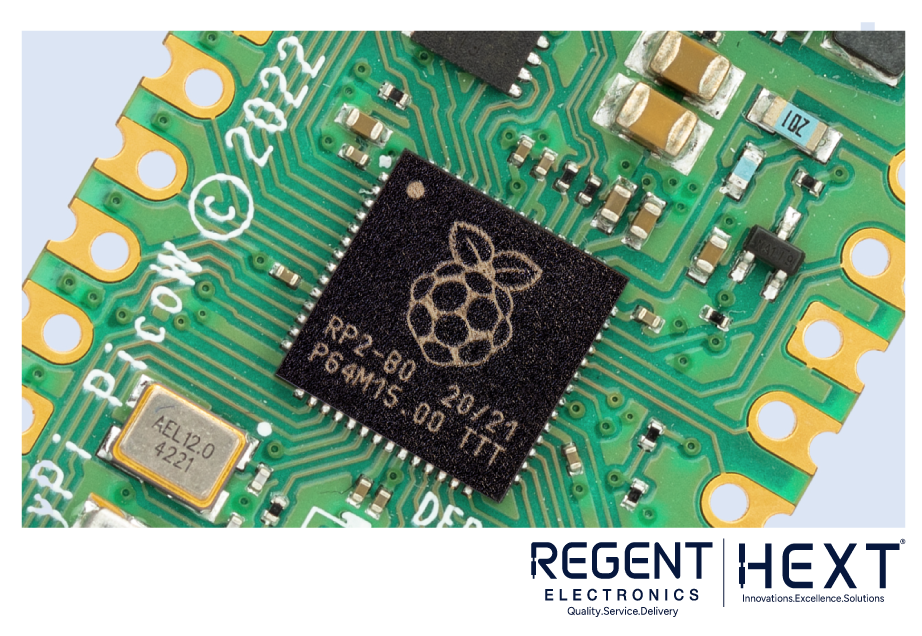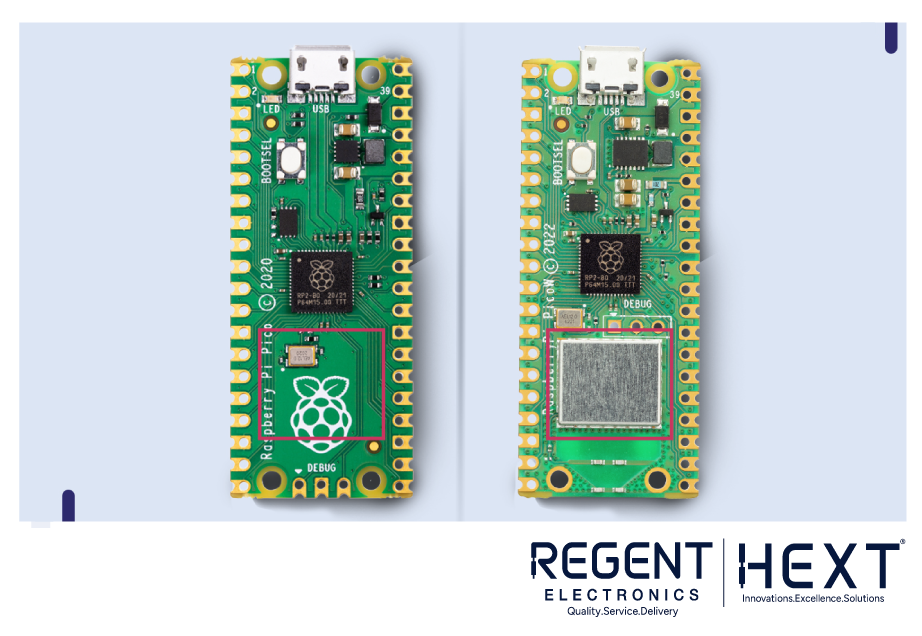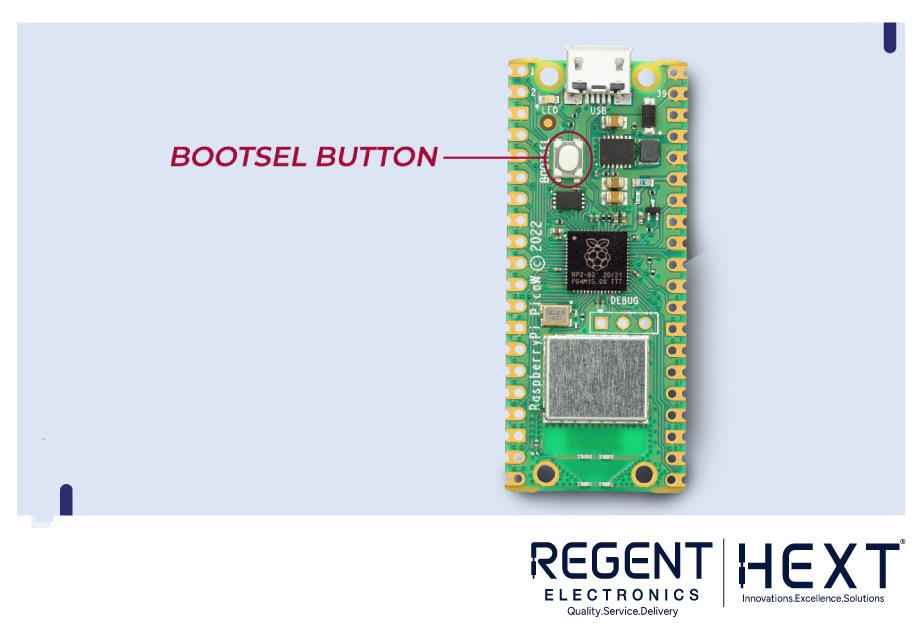
Your Tiny Pico is Now Wireless | Introducing the New Raspberry Pi Pico W
The Raspberry Pi Pico just got better! Due to growing demand for a wireless version, Raspberry Pi has now introduced the Pico W, bringing built-in Wi-Fi capabilities to the popular microcontroller.
A Step Forward in Connectivity

Building on the immense success of the Raspberry Pi Pico, which launched in January 2021, the Raspberry Pi Foundation has now unveiled the Pico W model—an upgraded version with integrated Wi-Fi for enhanced IoT applications.
Priced at just Rs 559, the Raspberry Pi Pico W offers excellent value for money. The addition of Wi-Fi connectivity significantly enhances its capabilities, making it an excellent choice for IoT and smart device projects.
Design and Hardware Overview

The Raspberry Pi Pico W maintains the same compact size and layout as the original Pico, ensuring compatibility with existing projects. However, the major upgrade is the onboard 2.4GHz wireless interface, powered by the Infineon CYW43439 chip, allowing seamless connectivity.
Key Features of Raspberry Pi Pico W
- RP2040 microcontroller chip designed by Raspberry Pi
- On-board single-band 2.4GHz wireless interface (802.11n)
- Dual-core ARM Cortex M0+ processor, flexible clock running up to 133 MHz
- 264KB SRAM and 2MB on-board Flash memory
- Castellated module, allowing direct soldering to carrier boards
- USB 1.1 Host and Device support
- Low-power sleep and dormant modes
- Drag & drop programming via USB mass storage
- 26 multi-function GPIO pins
- Multiple communication interfaces: 2 × SPI, 2 × I2C, 2 × UART, 3 × 12-bit ADC, and 16 × PWM channels
- Built-in temperature sensor
- 8 × Programmable I/O (PIO) state machines for custom peripheral support
Pin Configuration

The Raspberry Pi Pico W features 26 GPIO pins, identical to the original Pico. Additionally, it includes 8 ground pins and various communication protocols such as UART, SPI, and I2C. Notably, the Infineon Wi-Fi module is directly connected to the onboard LED.
How to Program the Raspberry Pi Pico W?

Programming the Raspberry Pi Pico W is simple and can be done using two methods:
- Serial Wire Debug (SWD) Port
- USB Mass Storage Mode (Recommended for Beginners)
Steps to Program Using USB Mode:
- Disconnect power from the Pico W board.
- Press and hold the BOOTSEL button while powering the board.
- Connect the board to a PC; it will appear as a USB mass storage device.
- Drag and drop a UF2 firmware file onto the USB storage.
- The board will automatically flash the file and restart.
You can use Python, C, or C++ SDK for programming the Pico W, making it highly versatile.
Conclusion
The Raspberry Pi Pico W is a game-changer for electronics enthusiasts, hobbyists, and makers. Its built-in Wi-Fi makes it a must-have for IoT projects, offering seamless connectivity at an affordable price. This microcontroller is set to compete with other boards in the market while expanding the possibilities for innovation.
Are you excited about the Raspberry Pi Pico W? Share your thoughts in the comments! If you’re interested, you can buy it from Regent Electronics today!
